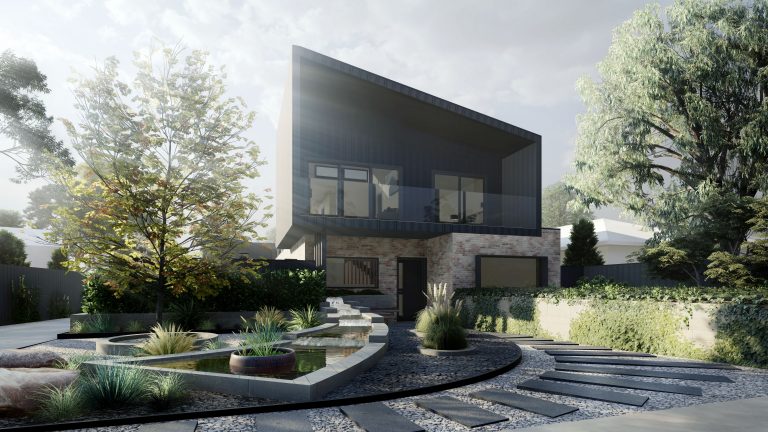
Whether you're buying a new house, renovating an existing property, or simply wondering why you might need a structural engineers report, this blog will explain some signs to look out for in your home.
1. Doors and windows that won’t close or open
An early sign of shifting foundation
Homes built on clay or concreate slabs are at a heightened risk of foundation heave.
Foundation heave is where the ground beneath the concreate expands and puts stress on the homes structure.
2. Cracks in foundation, walls, and windows
A single crack may not be cause for alarm however if there are several cracks along the floors and walls it could mean that there is shifting foundation.
How do I spot these cracks?
You can spot these cracks by looking out for vertical or horizontal cracks 6.5mm or larger in size on wall surfaces, at door openings and at window openings.
3. Gaps between walls and floors. Warped, sloped, cracked or uneven floors
Minor subsidence in the foundations of a house is expected over time, however, too much subsidence can cause structural weakness.
When is structural movement concerning?
Brand-new home experiencing settlement.
Homes under 10 years old indicating recent signs of settlement.
If you recently completed a remodel or installed additional loading and are noticing settlement.
4. Natural Disasters
If your home has been affected by a natural disaster a structural engineer inspection may be useful to provide an assessment of the damage, as well as scope of works and rectification.
5. Plumbing defects
Drainage defects can damage the property’s structural foundation, which can cause costly interior and exterior defects.
A structural engineering inspection may help you pinpoint where the issues originate and how to implement a proper water management system that will preserve your foundation’s integrity if required.
